Mateusz Dworczyk
Legienstraße 18
DE — 24103 Kiel
01
Procedural Incarnation II
D











2023 Installation Fotogalerie Wien: Series of 4 images (97 x 78 cm, unframed, mounted on aluminum composite panel). Pigment prints on Hahnemühle Fine Art Baryta, wall text.
Installation Stadtgalerie Kiel: Series of 20 images (40 x 50, unframed, unframed, mounted on aluminum composite pane). Pigment prints on Epson Traditional, 5 digital graphics (40 x 50, black and white UV print on acrylic glass), wall text.
My approach is rooted in a postmodern understanding of the body, viewing it as a malleable entity and challenging its conventional status as a natural object. »Procedural Incarnation« utilizes advanced image production techniques, exploring the intersection of technology, the human body, and body image. Using digital body photographs as a starting point, I utilize machine learning to produce new body images. The imperfect image, which reflects a distorted perception of the world by a transclassical machine, serves as the basis for creating three-dimensional body models. This creates a tense relationship between different imaging processes, but also an interplay between the template and the artistic interpretation of it.
02
Procedural Incarnation I
D






2023 Two-channel video, full HD, 08:40 min / 12:00 min. Pigment print (50 x 40 cm), vinyl wallpaper (60 x 90 cm).
In the postmodern, the body and its image become malleable. Its position as a natural object is rightly examined and questioned in relation to cultural, scientific, political or economic factors. Therefore, contemporary body images must accordingly be understood as sociotechnically constructed images. New tools, such as artificial intelligence and three-dimensional simulations, are an addition to the media landscape and at the same time a challenge for the medium of photography. Real-time game applications such as "metahuman" already show simple ways to create human bodies and identities. These approaches are mostly based on statistical variations to describe and give meaning to the appearance of the human body. However, artificially created bodies are not a unique feature of today's computer games. They can be found in socio-technical networks, films, music videos or magazines. In the process, they are highlighted as bodies of art or are completely integrated into other conventional forms of representation. Precisely these phenomena and the new imaging techniques are taken up in the work. At the same time, these circumstances and developments are subverted by dispensing with normative-organic organisation and common representation of the human body.
03
Body Options II
D
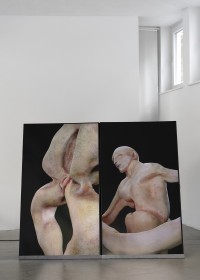
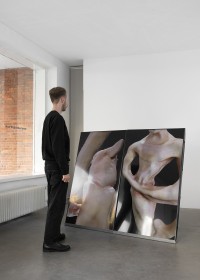
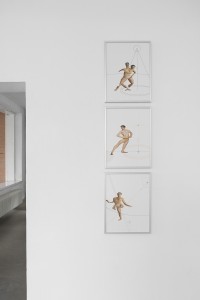


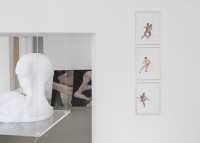
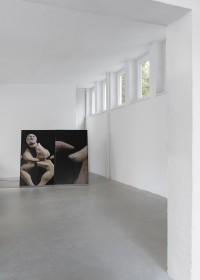
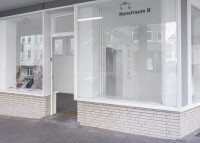
2022 Two-channel video (40:00 min, 65"), Image series (40 x 30 cm), 3D print bust (PLA, 35 x 30 x 20 cm), acrylic glass plate (40 x 40 x 1 cm).
»Body Options II« (2022) is the latest installation by Mateusz Dworczyk, which was on display at Kiel's art association »Kunstraum B«. In his transmedial practice, the media artist explores the interplay between technology, the human body, and its pictorial representation. The focus lies particularly on photo-based digital imaging techniques such as machine learning and 3D technology. The work is built on the subset of results of an artificial neural network (trained on a self-created data set of ballet dancers) which contains outcomes that are usually defined as errors in the image-generating process. Those »errors« are then translated into three-dimensional space by using 3D-Software.
The images of these sculpted bodies appear in competition with normative body representations and the subjective body images of the visitors themselves. They infest the exhibition space, materialise, and affect the viewer. They show the power and impact of immaterial transclassical machines like artificial neural networks and remind us that technical instruments, apparatuses, and systems have always had anthropological relevance and a considerable influence on the idea of the human body, its function, form, and image.
»Body Options II« opens up a space of imagination that oscillates between present possibilities and future scenarios. However, neither angstlust-rhetoric (the pleasure of fright) nor fear of technology is the subject of the work. But rather the question of the omnipresent relationship between technology, the human body, and the ever-changing image of the body. Dworczyk aims to question the functional logic of technology which is transferred to the body. His work tries to visually oppose the inherent tendencies of standardisation, optimisation, and utilitarianism, as well as the organisation of the body into an organism through the artistic examination of a body without organs.
04
Body Options I
D
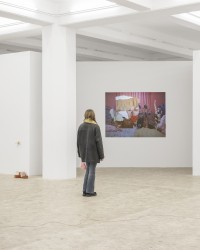
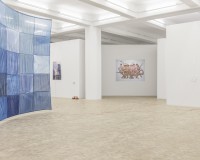
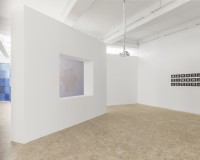
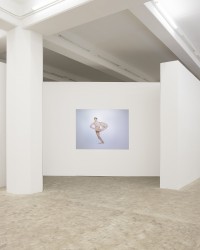
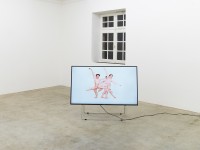
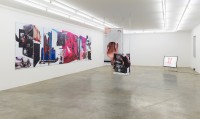
2021 Single-channel video projection (2 x 1,5 m, 05:35 min), dancers: SueKi Yee, Christopher Carduck, sound assistance: Christian Werner Sierra.
05
Room for two
D


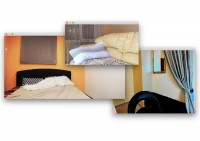
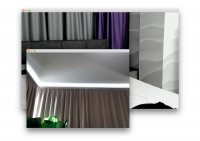
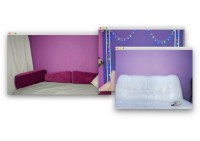
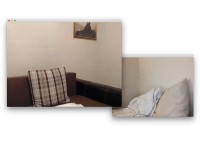
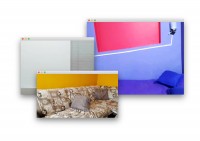
2019 — ongoing. A series of screenshot-compositions.
Focusing on phenomena of the presentation of self in everyday life and the question what part the real-time frame-medium »Internet« plays in this context, this work is dedicated to a special form of digital staging. This includes live webcams and especially sex webcams. The Focus lies on the arising elusive situation. The viewer is confronted with an overwhelming array of stagings and windows from all over the world. They allow a glance into supposedly private housing-situation. The screen recording has been used to capture a brief moment in which no person was in the picture. The fluid real-time image has become a photographic snapshot. The Internet has become a place of self- and external representation with elusive, ambiguous boundaries between private and public spaces.
06
Memeclassworldwide
MCW












2018 — ongoing. Collaborative projec. Detailed information on projects: mcww.voyage (2024), mcww.service (2022), mcww.memes (2018 – 2022)
memeclassworldwide (mcww) is a series of collaborative projects by Ramona Kortyka, Jennifer Merlyn Scherler, Mateusz Dworczyk and Juan Blanco that took its initial form as an institution-critical meme account in 2018 and transformed into an autonomous class at a German art academy in 2019. Based on the internet as a reference space, the group investigates post-digital phenomena, considering the range of their aesthetic, social and political dimensions. The gathered insights are integrated into practices of teaching and exhibiting. To this date, the artist group has held numerous lectures and organised different seminars, workshops, and research residencies in the D-A-CH-region. Since 2022 the collective defines itself as a roaming working group that approaches institutions from outside.
07
Witness to the (digital) world
F/D
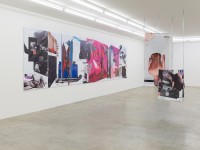
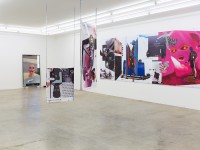
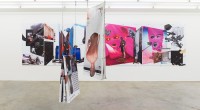
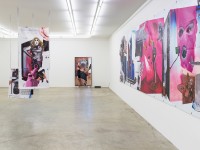
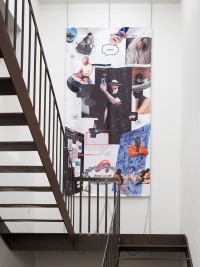
2020. A series of screenshot-compositions (digital print on PVC banner 1,7 x 6,4 m and 1,7 x 3,2 m folded as objects).
Fleckstein/Dworczyk contrasts anonymity with prominence and self-presentation in social networks. By including one's own self-image (selfie), as well as using the aesthetics of social software interfaces, the romanticised image of the uniformed individual is to be negated.
08
Room on display
F/D
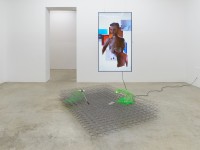
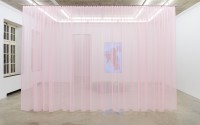
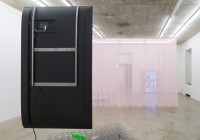
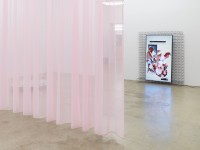
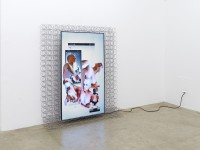
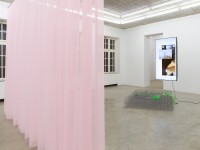
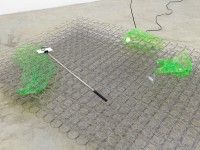
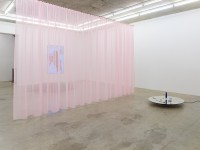












2020 Installation NAK: two-channel video/sound loops (03:40, 04:14 min) on two screens (55"), mattresses innerspring, mirrored revolving stage, Pfizer pills, glass and mirror smartphones (5.8") and various personal objects. Installation Futur3: two-channel video/sound loops (03:40, 03:00 min) on two screens (55"), white carpet (140 x 140cm), glass and mirror smartphones (5,8"), MA1 jacket, cable drum as well as various personal objects.
»Fake people with fake cookies and fake social-media accounts, fake-moving their fake cursors, fake-clicking on fake websites.« (Read; 2018) — Through a dialogic approaches, our related subjects are united in this two channel video installation. The idiosyncratic narrative tries to describe everyday turnarounds that usually go unnoticed. The interplay with these boundaries (and their reversal) is adopted in the spatial arrangement. In addition to commonalities in content, formal aspects of digital cultural techniques are addressed through the manipulation of digital surfaces.
09
Abgefuckt liebt dich
F/D




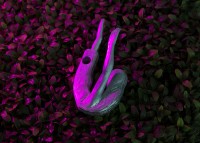






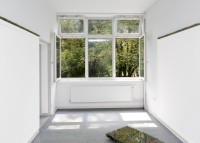


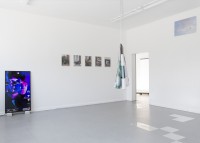


2021 Self-organised group show with Malin Dorn and Ramona Kortyka. Exhibition view: Atelier Umraum, Alte Mu Kiel (2021).
Digitality can no longer be regarded as a parallel structure or a mere extension of our world. The digitality that surrounds us is an integral, interwoven and influential part of all areas of life. For this reason, it is a mistake to believe that it is possible to escape the digital environment or to simply turn it off like a program. In this joint exhibition the multimedia artists address precisely these circumstances by focusing on code-based technologies, socio-technical networks and phenomena of a culture of the digital.
10
Homo Ex Machina
F/D
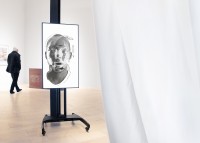
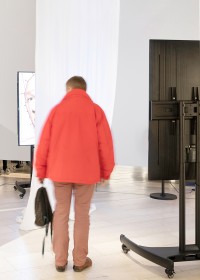
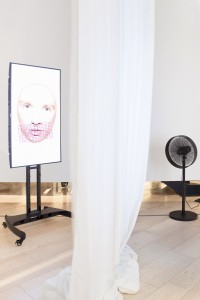


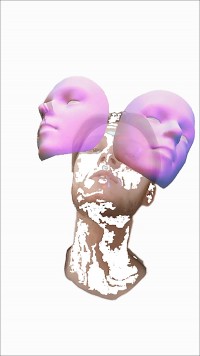


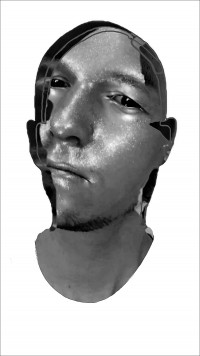
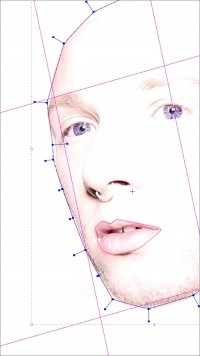
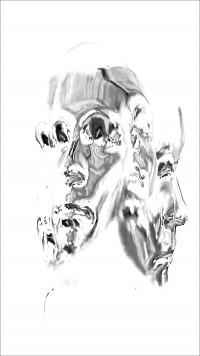


2019 Installation: Two screens (55"), white curtain, black ventilator. Video/sound loops (04:00 and 05:50 min).
This work is committed to various questions of identity: How do we define and present ourselves, how do we communicate these identities in digital spheres? Fake lifestyle in social media is becoming the norm, the pressure of self-optimisation is turning into an overkill and the simulated perfection is transforming individuals into performative identities. Once everyone can display, shape and change their own faces, everyone becomes a star in their own reality show. Have those identities now reached a new peak or are there other goals they will reach with their digital performance? Starting from these questions, we think about our own digital narrative. The excess of perfect postings evokes a desire for trash, naivety and ugliness.
11
Dianthus II
F/D
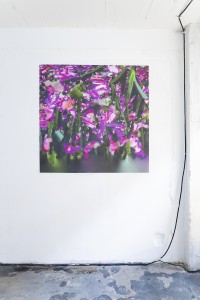
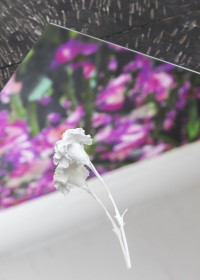
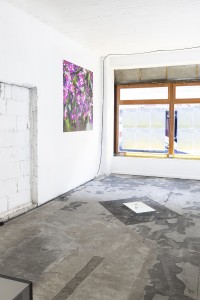
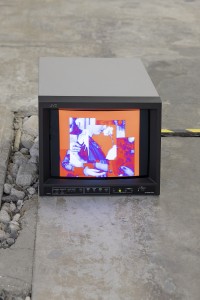
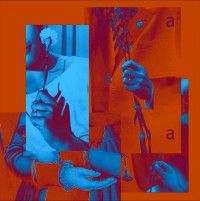
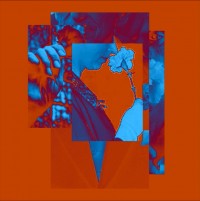
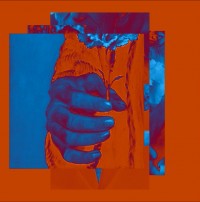
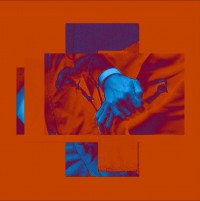
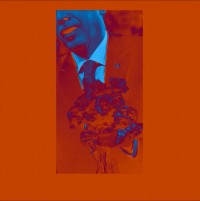
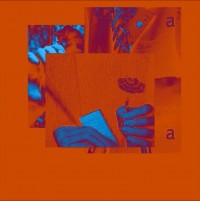
2019 Installation: photogrammetric texture, 3D printed carnation, mirror base and found footage video collage (01:10 min).
Proceeding from Dianthus I (2018), this work expands the investigation on the sign towards a general question of the referentiality. The carnation is used as a sign in very different contexts and social classes for centuries. In „Dianthus II“ the flower is presented as a 3D object. It is stripped of its nature, digitised and medially doubled. By being placed on the mirror base, the relationship between the technical copy and its reflection is addressed. The found footage was subjected to a similar treatment: It was cropped and reassembled, so that the origin and the context of the image remain hidden. With this formal and medial interplay, the work tries to point towards a lack of reference systems since modernity.
12
Dianthus I
F/D
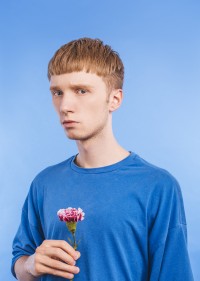




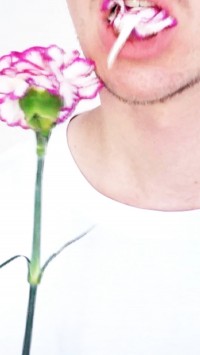
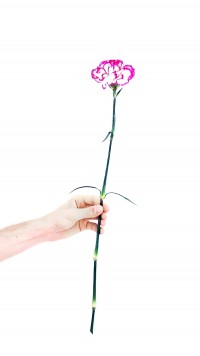
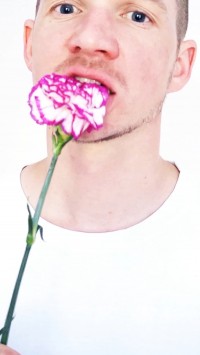

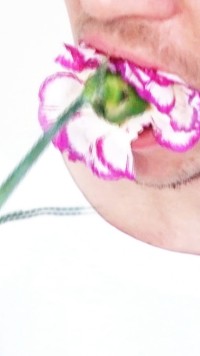
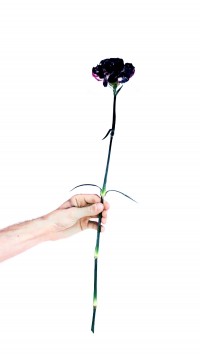
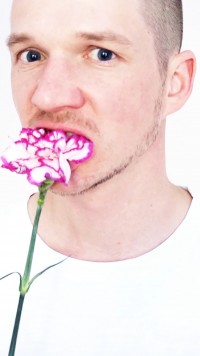
2018. Installation: fresh flowers, urine, cellophane bags, tape, dipping wax. Picture: Digital colour photography »Selfportrait With Carnation« and video loops (32").
Throughout history, the floral symbol of the carnation has undergone more than one about-turn: from the peasant symbol of honour and love, via a resistance symbol of the nobility during the French Revolution, to the sign of the labour movement. The work attempts to detach the sign from its connotations and to renew the flower's description. In the course of this the emphasis is put on the special relationship beetween the portrait oft the flower and the artist's self-portrait. The carnation becomes the catalyst for a dialogue between two artists with different nationalities from working class families.
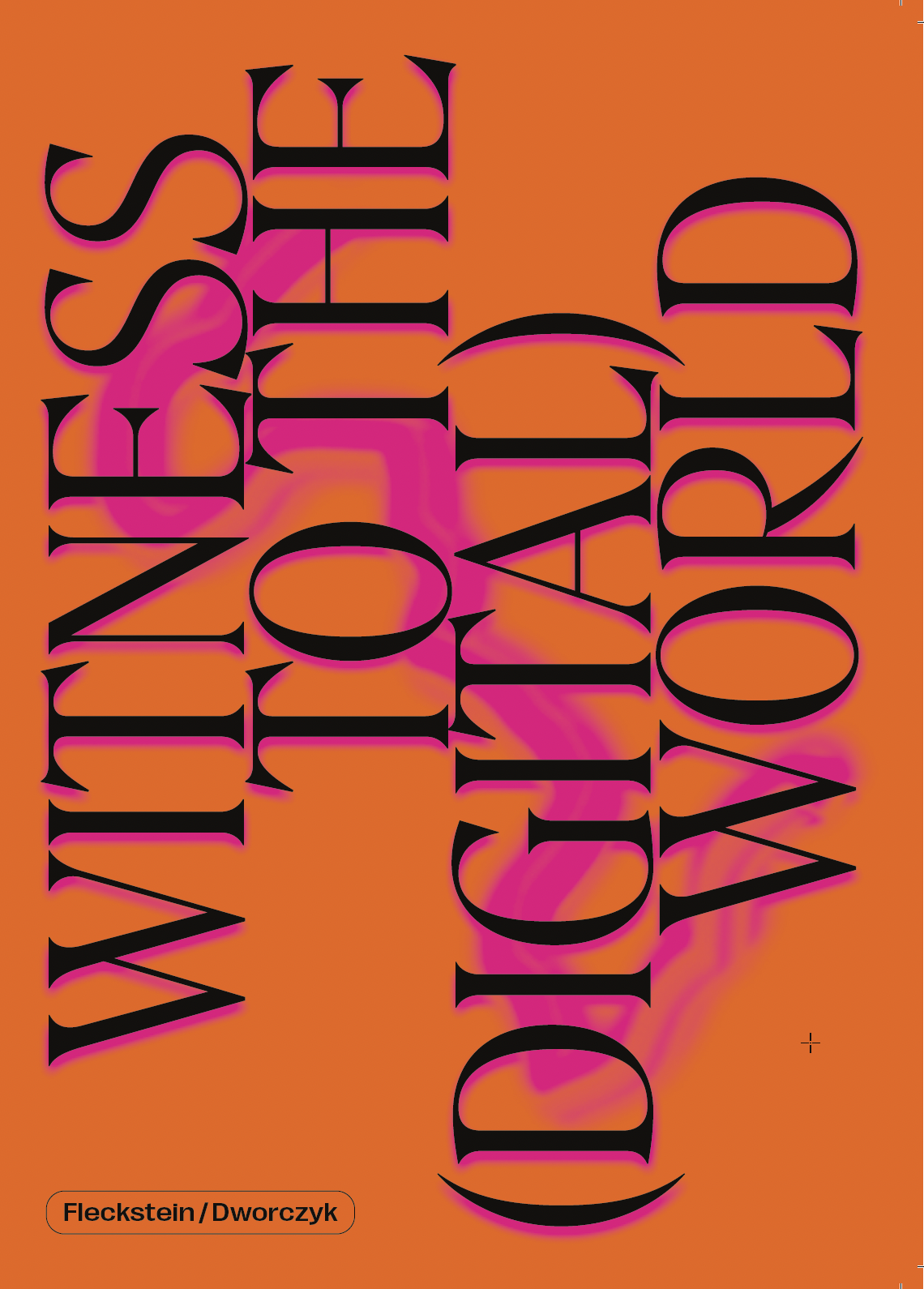
FLECKSTEIN / DWORCZYK: Witness to the (digital) world.
Eds.: NAK Neuer Aachener Kunstverein, Hannes Fleckstein, Mateusz Dworczyk.
Text: Peggy Schoenegge (English).
Design & typesetting: Káschem Büro, Insa Kühlcke-Schmoldt & Nina Massow.
2022, Softcover, thread binding, 20 x 20 cm, 86 pages, 30 color plates, first limited edition of 100.
ISBN: 978-3-929261-99-8 / Purchase on request / 28 EUR
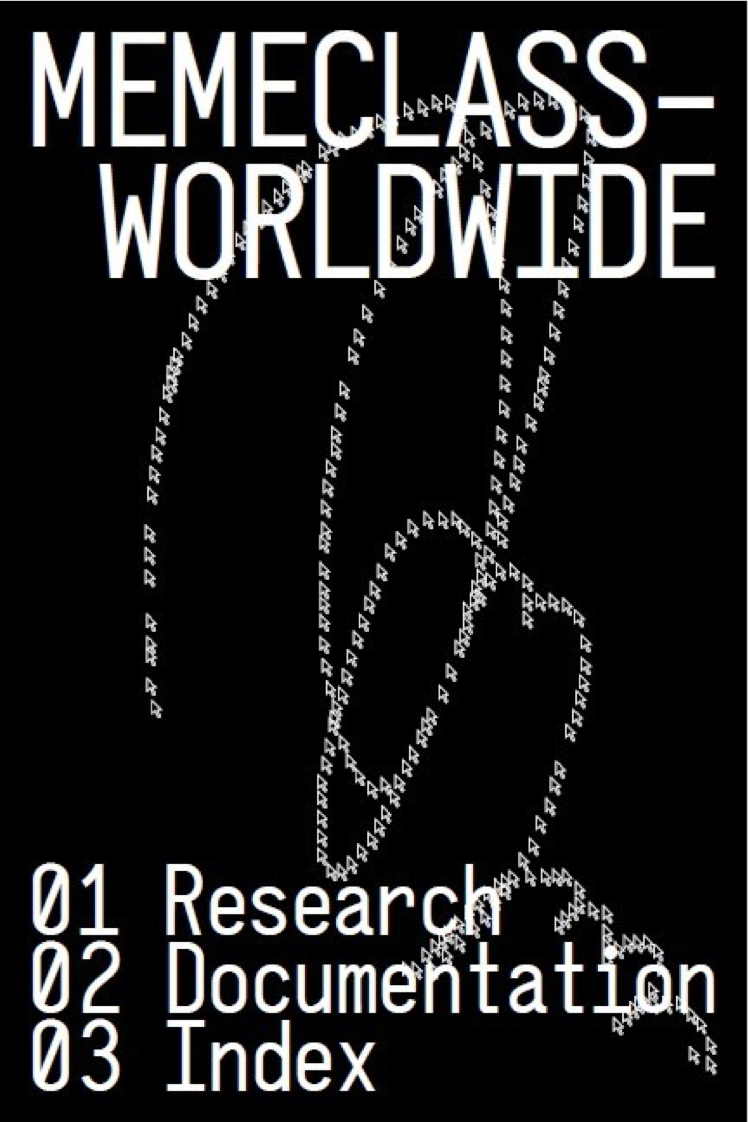
MEMECLASSWORLDWIDE: Research, Documentation, Index
Eds.: Ramona Kortyka, Mateusz Dworczyk, Juan Blanco, Bernhard Garnicnig
Text: Bernhard Garnicnig (English).
Design & typesetting: No Talent Studio.
2021, Softcover, perfect binding, 24 x 16 cm, 224 pages, various color plates, first limited edition of 80.
Purchase on request / 35 EUR
Since 2018, Fleckstein/Dworczyk has been conducting a dialogue in which the personal starting points of both artists intersect. Therefore, this website brings together both the individual positions and the joint work.
The collaborative work is a reaction to the individual and social handling of image data on the World Wide Web. The main interest lies in the affective power of these images and their potency to shape public discourses, political contexts, and everyday life. As part of the dynamic, technical change, Fleckstein/Dworczyk appropriates digital image productions: Through the permanent confrontation with various social software, digital surfaces, and algorithms, the artists create new visual worlds. These visual worlds in images and videos thematize digital phenomena as well as cultural techniques and attempt to make visible what seems to go unnoticed.
The works are presented as spatial installations. On the one hand, they address the disappearing boundary between the physical world and digital applications; on the other hand, they allow for reflection and discussion about this circumstance
- July 1985
Greifswald, Germany
- May 1994
Zabrze, Poland
Copyright — The content and works published on this website are governed by the copyright laws of Germany. Any duplication, processing, distribution or any form of utilisation beyond the scope of copyright law shall require the prior written consent of the author or authors in question. In particular, third-party content is identified as such. Should you nevertheless become aware of a copyright infringement, please inform us accordingly. If we become aware of any infringements, we will remove such contents immediately.
External Links — Our website contains links to the websites of third parties. As the content of these websites is not under our control, we cannot assume any liability for such external content. In all cases, the provider of information of the linked websites is liable for the content and accuracy of the information provided. At the point in time when the links were placed, no infringements of the law were recognisable to us. As soon as an infringement of the law becomes known to us, we will immediately remove the link in question.
Data Protection — A visit to our website can result in the storage on our server of information about the access (date, time,page accessed). This does not represent any analysis of personal data (e.g., name, address or e-mail address). If personal data are collected, this only occurs – to the extent possible – with the prior consent of the user of the website. Any forwarding of the data to third parties without the express consent of the user shall not take place.We would like to expressly point out that the transmission of data via the Internet (e.g., by e-mail) can offer security vulnerabilities. It is therefore impossible to safeguard the data completely against access by third parties. We cannot assume any liability for damages arising as a result of such security vulnerabilities.The use by third parties of all published contact details for the purpose of advertising is expressly excluded. We reserve the right to take legal steps in the case of the unsolicited sending of advertising information; e.g., by means of spam mail.